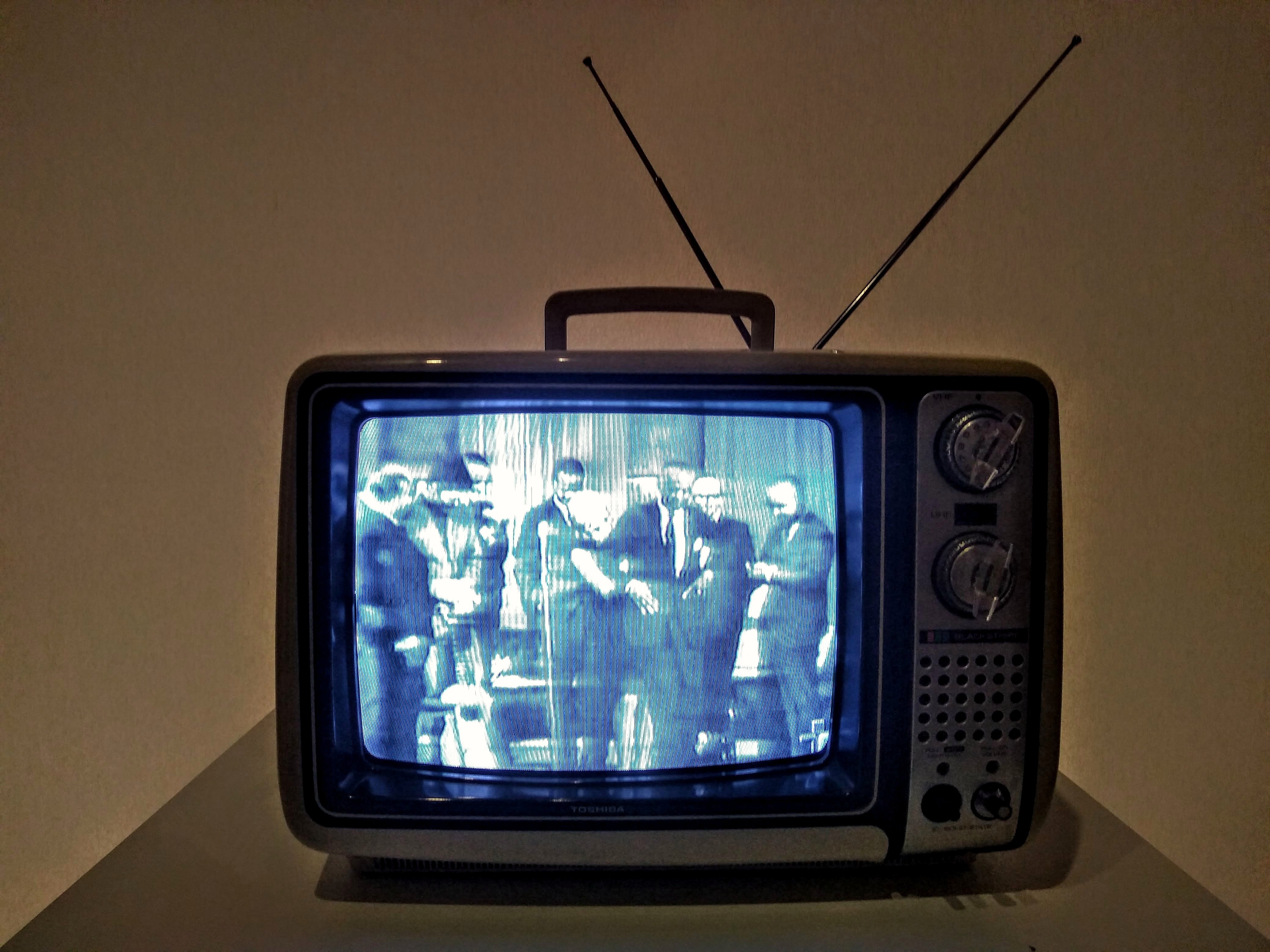Ad Monitoring, What’s New at Media InSite



In the last eighty years, traditional television advertising has evolved significantly from the first shaky 10-second image in 1941 into today’s standard 30-second ad of a high production value. That evolution has seen even bigger disruption as the trifecta of television, radio and press advertising that once reigned supreme has been unseated by the introduction of digital advertising.
But has it all gone away? Interestingly, traditional advertising is still very much alive and relevant in the Caribbean where it remains the cornerstone of advertising, as demonstrated by Media InSite Ltd’s data insights. There is disruption as technology and other factors have forced traditional advertisers to level up in order to keep the attention of their dwindling audience. This has resulted in ads that have been adapted to fit the needs of our modern world. Here’s a look at some of the significant ways in which traditional advertising has changed.

Ad Content Focus
Early ads were a one-way funnel of information. Brands were focused solely on selling products or services with the help of celebrity faces, mascots and other recurring characters. The copy revolved around the products, their features and why the consumer needed them. The concept of a consumer connection was non-existent.
By contrast, today’s ads are mainly consumer-focused. They often emphasize the problems of consumers and demonstrate how their products and services can provide a solution. These ads also contain information that will prove useful to consumers. This interest in the needs of the consumer helps the brand to establish a connection with the audience. Additionally, there has also been an increase in influencer appearances in place of celebrities.

Ad Objectives
With many brands now dividing their advertising budget between traditional and digital advertising, many have changed their overall approach to traditional advertising. While the end goal is to sell their products and services, brands are now using their limited airtime to focus on building community and brand awareness. The aim is now to share a brand experience with the consumer through these ads that encourage them to find out more about the brand itself, rather than just its products and services. The direct sales approach is now often reserved for digital advertising when consumers and potential consumers can easily access direct links to purchase the products and services being advertised.

Brand Control
Much like an episode of the American drama series Mad Men, control of traditional advertising belonged to the advertisers themselves including ad agencies, copywriters and marketers. They created and the audience for forced to accept it. However, with the increased empowerment of the audience, facilitated by social media in recent years, the power has now shifted in part to the consumer. The opinion and sentiments of the consumer now drive the content that is produced by advertisers, as the focus has shifted in part to please them. Brands are now more willing to take feedback from their consumers if it will benefit their reputation in the long run. With cancel culture becoming more prevalent, more brands will take the extra step to protect their reputation.
Traditional advertising has changed exponentially but it still remains king in the Caribbean. Missed Media InSite Ltd’s recent April 6 webinar on advertising trends in T&T and balancing your investment in traditional and digital advertising? Request a FREE COPY of the virtual event recording. CLICK HERE!

Suzette Bonas is an Account Executive and Digital Content Creator at Media InSite Ltd.
Media InSite Ltd.
ESG Business Suites,
9-11 Fitt Street,
Woodbrook, Port of Spain,
Trinidad and Tobago
Tel: +1 868 607-4MIS

Copyright © 2023 Media InSite. All Rights Reserved. Designed by Upotive Ltd.
Fill out the form below and we will contact you to arrange your discovery call and set up a demo.